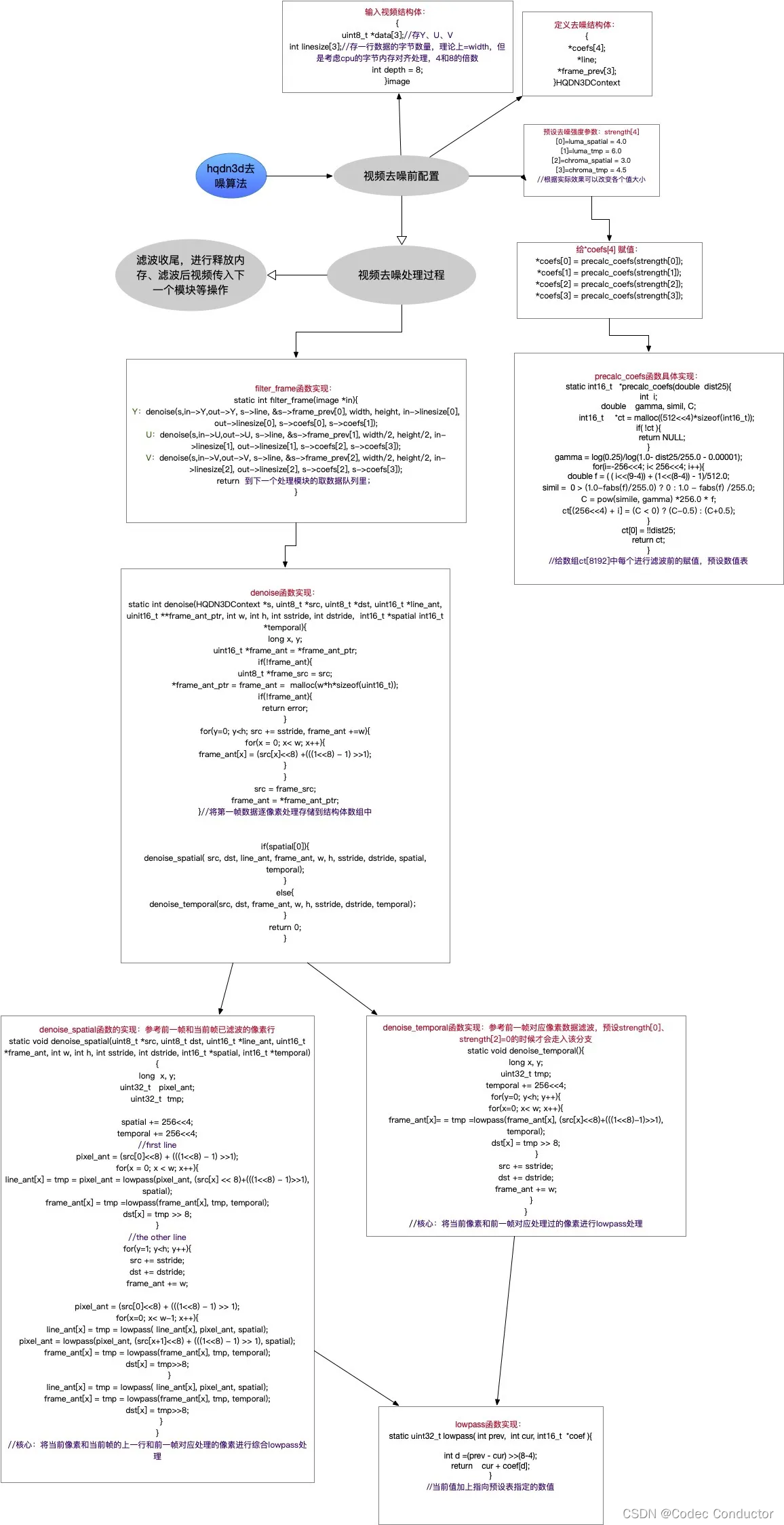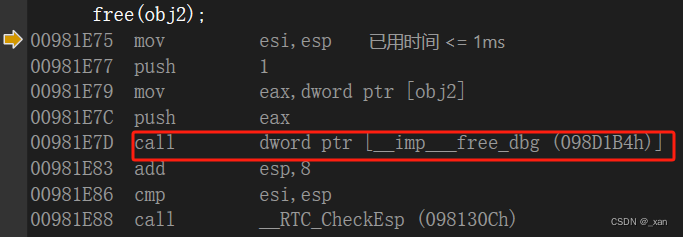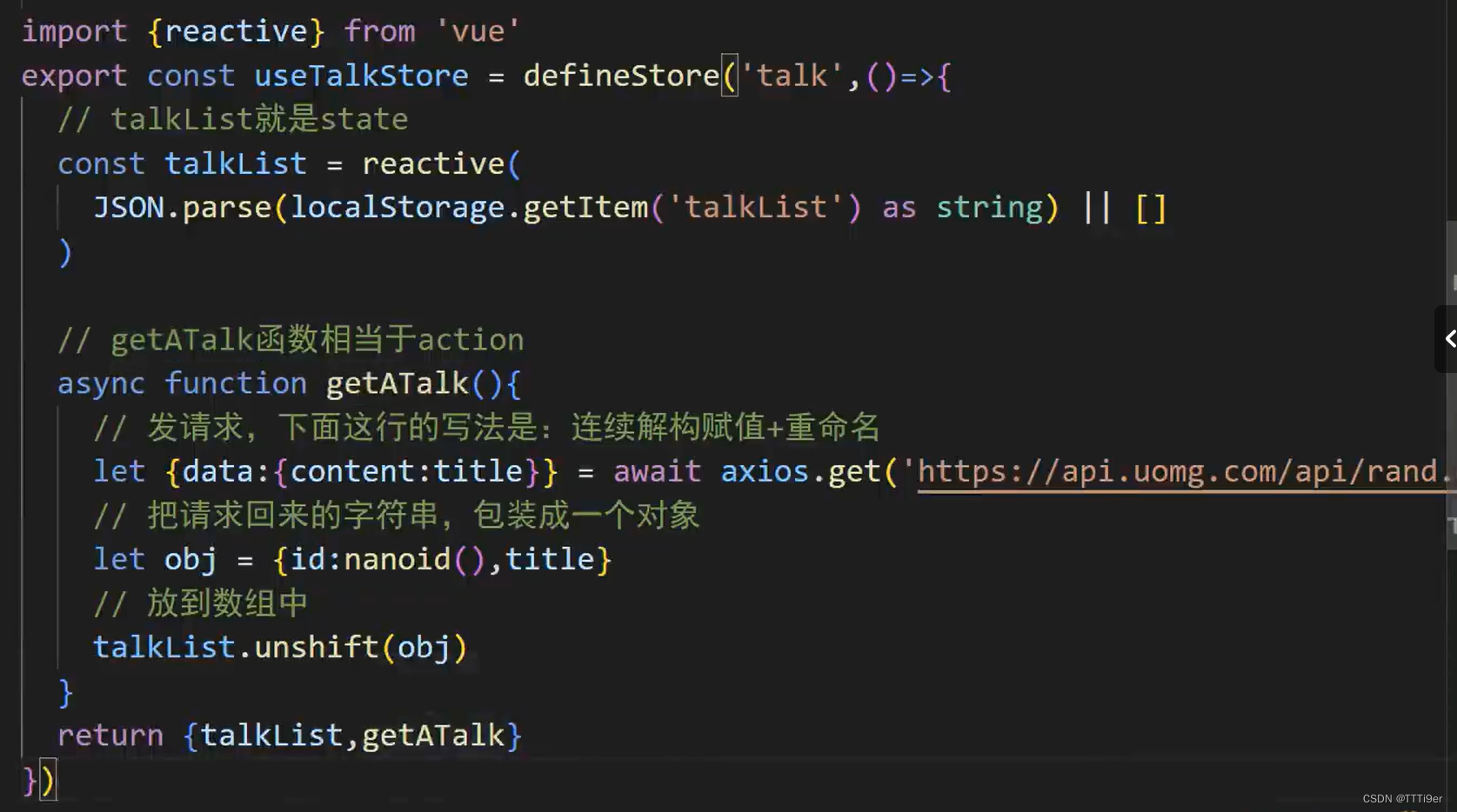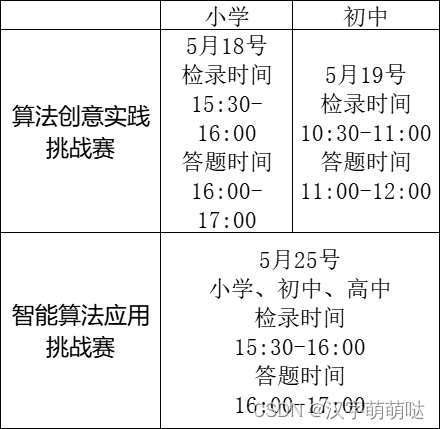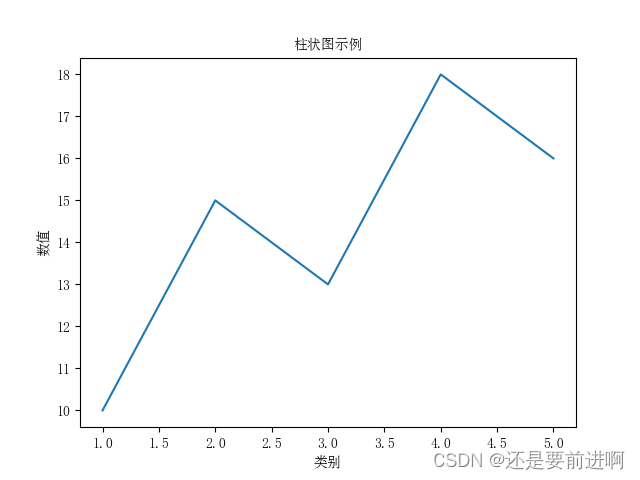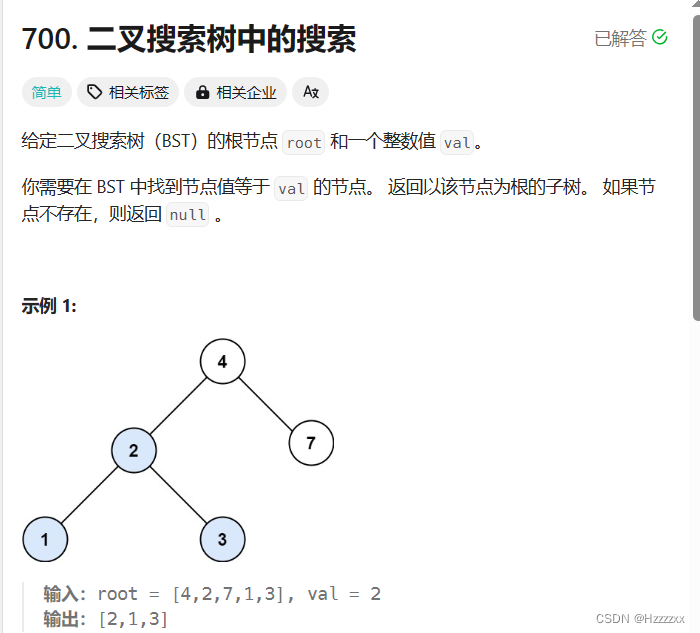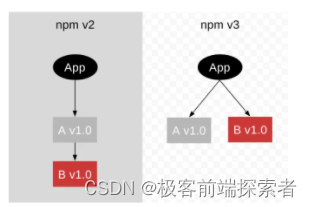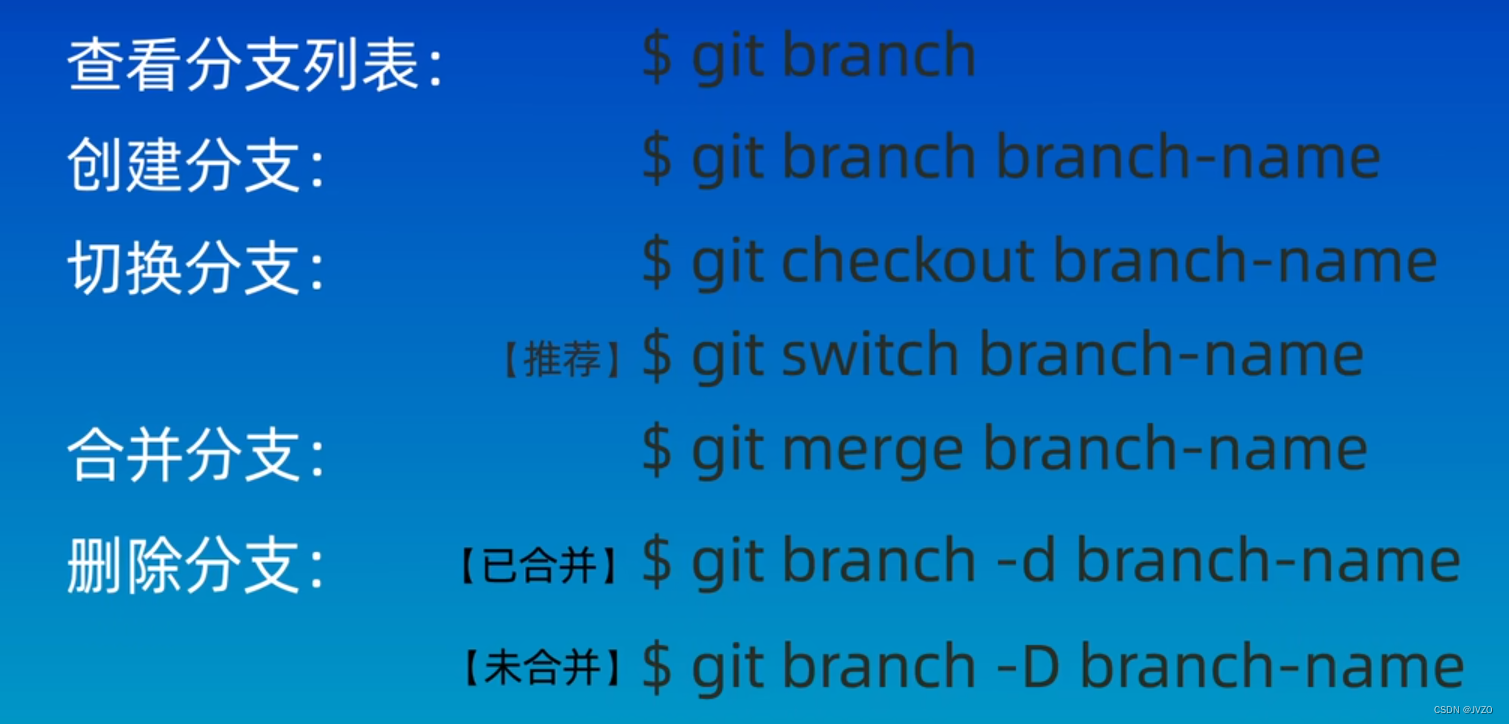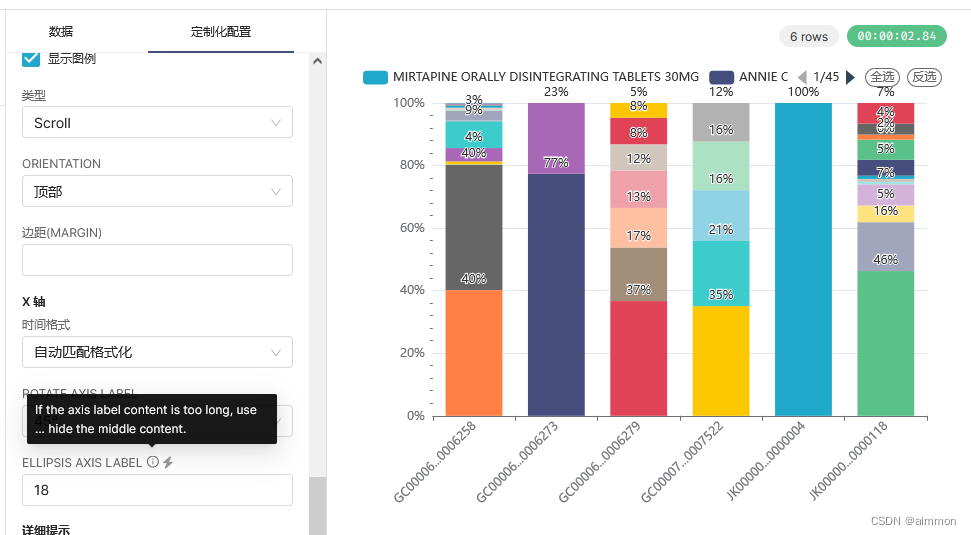目录
一、const
1、const修饰变量
2、const修饰指针
2.1 const int* p(int const* p)
2.2 int* const p
2.3 结论
二、指针运算
1、指针 +- 整数
2、指针 - 指针
3、指针的关系运算
三、指针的使用
1、模拟实现 strlen
2、传值调用和传址调用
一、const
1、const修饰变量

通过上图的报错信息可知,被const修饰的变量无法别修改,那我们试试通过地址修改他
#include<stdio.h>
int main()
{const int n = 10;int* p = &n; *p = 20;printf("%d", n); //成功输出20!return 0;
}还真可以,这让我想到那些红客哈哈好厉害。
在这里我们明明不想n被改变,结果通过指针给n改了,这是不合理的!那该怎么办呢?
2、const修饰指针
2.1 const int* p(int const* p)
在 * 左边加上const可以看到,*p 无法被修改了

int const* p = &n; //和 const int* p 等价2.2 int* const p
那指针内的地址能修改吗

可以看到地址能被修改,指针变量 p 存放的本来是 n 的地址,输出应该是10,结果输出100;说明 p 存放的地址被改成了 m 的地址;地址不想被修改怎么办?
在 * 右边加上const可以看到,p 无法被修改了
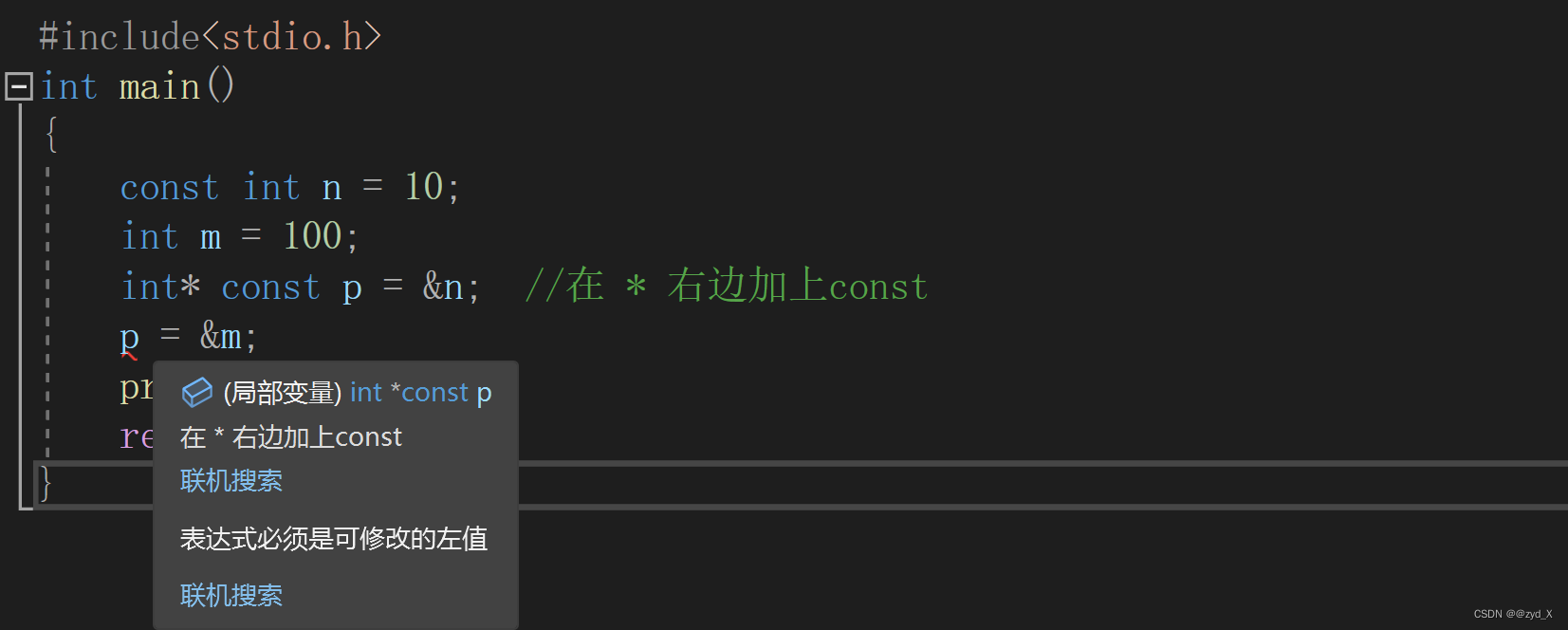
2.3 结论
const 如果放在 * 的左边,修饰的是指针指向的内容,保证指针指向的内容不能通过指针来改变。 但是指针变量本身的内容可变。
const 如果放在 * 的右边,修饰的是指针变量本身,保证了指针变量的内容不能修改,但是指针指 向的内容,可以通过指针改变。
如果都不想被修改,左右都加上const就好啦
const int* const p = &n;int const* const p = &n
二、指针运算
指针的基本运算有三种,分别是:
- 指针 +- 整数
- 指针 - 指针
- 指针的关系运算
1、指针 +- 整数
#include<stdio.h>
int main()
{int arr[10] = { 1,2,3,4,5,6,7,8,9,10 };int* p = arr;//依次打印数组内容for (int i = 0; i < 10; i++){//printf("%d ", arr[i]);printf("%d ", *(p + i)); //指针+整数 }return 0;
}2、指针 - 指针
#include<stdio.h>
int main()
{int arr[10] = { 1,2,3,4,5,6,7,8,9,10 };int* p1 = arr; //指向数组第一个元素int* p2 = arr + 9; //指向数组最后一个元素//输出的是字符串的长度,9printf("%zd", p2 - p1);return 0;
}3、指针的关系运算
#include<stdio.h>
int main()
{int arr[10] = { 1,2,3,4,5,6,7,8,9,10 };int* p1 = arr; //指向数组第一个元素int* p2 = arr + 9; //指向数组最后一个元素//依次打印数组元素while (p1 <= p2) //关系运算{printf("%d ", *p1);p1++;}return 0;
}三、指针的使用
1、模拟实现 strlen
库函数strlen的功能是求字符串长度,统计的是字符串中 \0 之前的字符的个数。
#include<stdio.h>
#include<string.h> //使用strlen时必须声明的头文件
int main()
{char arr[] = "abcd";size_t length = strlen(arr);printf("%zd", length); //输出 4return 0;
}通过使用指针来模拟实现 strlen函数:
#include<stdio.h>
int my_strlen(const char* p)
{int count = 0;while (*p) //遍历到末尾的 \0 就会终止循环{count++;p++;}return count;
}
int main()
{char arr[] = "abcdef";int length = my_strlen(arr); //模拟strlenprintf("%d", length);return 0;
}2、传值调用和传址调用
我们通过写一个交换值的函数来告诉这两者的区别
#include<stdio.h>
//传值调用
void swap(int x, int y) //x = a; y = b
{int tmp = x;x = y;y = tmp;
}
int main()
{int a = 1;int b = 100;printf("交换前:a = %d b = %d\n", a, b);swap(a, b); //想实现交换两个变量的值printf("交换后:a = %d b = %d", a, b);return 0;
}运行之后发现 a 和 b 的值根本没有改变,这是为什么,启动调试监测


不清楚为什么是栈区可以看初阶 C语言的变量和算术操作符-CSDN博客
结论:实参传递给形参的时候,形参会单独创建一份临时空间来接收实参,对形参的修改不影响实参。 所以 swap() 失败了。
所以我们需要传址调用
#include<stdio.h>
//传址调用
void swap(int* x, int* y) //x = &a; y = &b
{int tmp = *x;*x = *y;*y = tmp;
}
int main()
{int a = 1;int b = 100;printf("交换前:a = %d b = %d\n", a, b);swap(&a, &b); //实现交换两个变量的值printf("交换后:a = %d b = %d", a, b);return 0;
}这次就成功交换了,这里调用 swap函数 的时候是将变量的地址传递给了函数,这种函数调用方式叫:传址调用 。
传址调用,可以让函数和主调函数之间建立真正的联系,在函数内部可以修改 main函数 中的变量;所以未来函数中只是需要 main函数 中的变量值来实现计算,就可以采用传值调用。如果函数内部要修改 main函数 中的变量的值,就需要传址调用。
完




